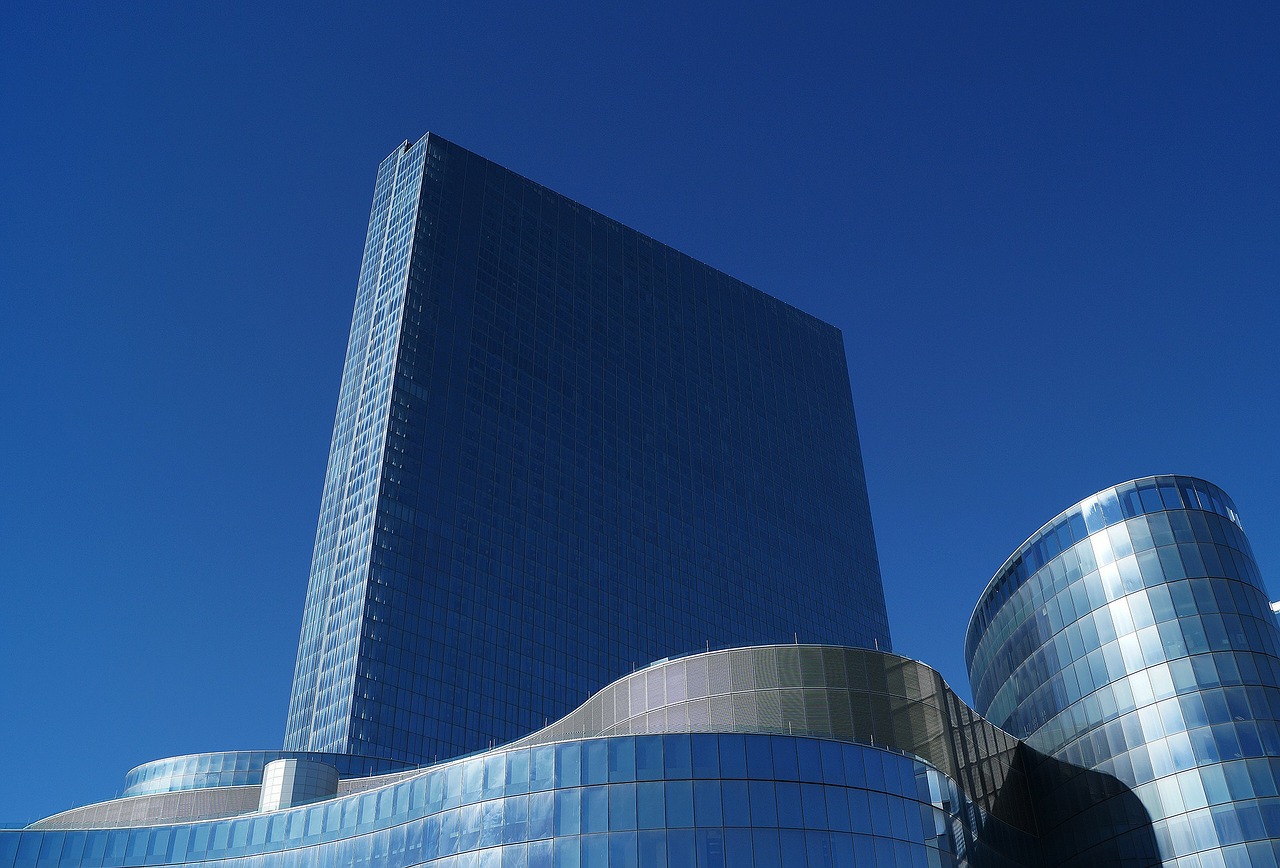You might think that new buildings are the least likely to have issues with air quality. After all, they were never built with hazardous materials like asbestos or lead paint, and they haven’t had time to accumulate dust, mites, mold, or mildew. Typically, their HVAC systems are state-of-the-art, all the windows and vents are functional, and building designers have given plenty of thought to matters like ventilation.
So what’s dangerous about the air quality of new buildings?
Somewhat surprisingly to anyone outside the industry, new buildings typically have the highest levels of VOCs (volatile organic compounds) because all the new materials in the building–such as carpet, tiling, paint, and furniture–are releasing chemicals into the air. It takes six months for something like new carpeting to de-gas, and often the VOCs will linger longer than that.
Construction Debris
Furthermore, a recently constructed building might have airborne particles like sawdust or fumes from adhesives and sealants. Even just a new addition or remodeling project can create particles that might irritate the respiratory system, so be vigilant after any kind of new construction.
How to Tell If Your Building Has a Problem
A “sick building” is typically considered as one where at least 20 percent of the occupants are experiencing symptoms that are indicative of bad air quality. These symptoms can include headaches, burning or itching eyes, irritated skin, respiratory problems, nausea, fatigue, or dizziness, and must be present for at least two weeks to warrant the label. It can be easy to confuse noise pollution or poor lighting with air quality problems when looking at the symptoms, which is why a thorough and professional inspection is necessary. However, many buildings that don’t necessarily qualify as “sick buildings” still can have major air quality issues that will negatively impact the health and performance of occupants, so if any occupants are exhibiting symptoms, contact an inspector.
What to Do
If you’re concerned about your air quality with your new building or building with recent construction or additions, the best and only solution is professional commercial air quality testing. Our inspectors are highly trained and have access to equipment that will expertly detect any issues and help building owners or managers identify the real nature of their problems, including VOC testing for new construction. For more information, contact us at Hawk Environmental today!
Comments are closed.

